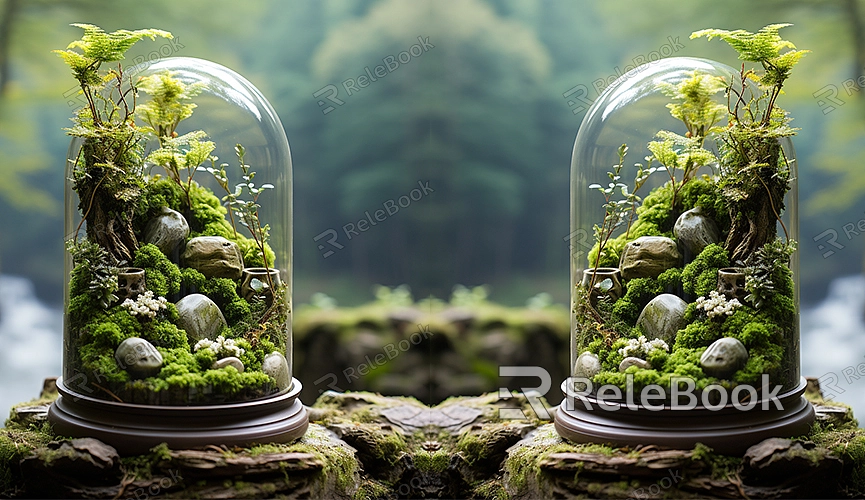What is 3D Modeling
3D modeling is a process that involves creating 3D models or virtual models using three-dimensional design software. By constructing 3D models and rendering them with textures and HDRI, it can present a realistic appearance and intricate structure, more authentically simulating the visual effects of real-world objects.
Using specific software such as Blender, Maya, or 3ds Max, we can create objects and scenes in a virtual world. These software tools offer various features and tools, enabling the creation, editing, and adjustment of three-dimensional models, including aspects such as shape, texture, color, and lighting. If you are unfamiliar with creating 3D models, you can download 3D models from Blender and import them into Blender or other design software to understand the modeling process.

Next, let's explore some scenarios to demonstrate the applications and features of 3D modeling.
1. Architectural Models in Game Environments
In game development, 3D modeling can be used to create realistic architectural models such as castles, houses, and city landscapes. By adding textures, these models can showcase the tactile qualities of different materials, such as stone, wood, and metal.
2. Character Design in Animation
In animation production, 3D modeling can be used to design lively character images. By adjusting the model's expressions, movements, and attire, coupled with appropriate textures, characters can exhibit lifelike appearances and intricate textures.
3. Showcase Models in Product Design
In the field of product design, 3D modeling can be employed to create showcase models for products. Models of products like cars, furniture, and electronic devices allow people to observe their appearance and structural features before actual production.
4. Special Effects in Film and TV
In the production of special effects for movies and TV shows, 3D modeling can create stunning visual effects. Explosive planets, fantastical creatures, and stunt scenes, utilizing textures and lighting effects, can produce realistic visual experiences.
5. Anatomical Models in the Medical Field
In medical research, 3D modeling can be used to create anatomical models, assisting doctors and students in better understanding human body structures and organs. By adding textures, these models can display the characteristics of different tissues and organs.
6. Virtual Demonstrations in Architectural Design
In architectural design, 3D modeling can create virtual models of buildings, allowing people to preview the appearance and layout during the planning phase. Through textures and lighting, the materials and effects of the building can be showcased.
7. Abstract Art in Artistic Creation
In the art field, artists can use 3D modeling to create abstract works of art. By creatively applying textures and shapes, unique artistic styles and imagination can be exhibited.
Through 3D modeling, creative ideas can be transformed into reality. Creating 3D models in three-dimensional design software is not just a process of creating objects; it is also a fusion of imagination and reality. If you need many high-quality 3D textures and HDRI or require 3D model downloads, you can find them on Relebook. After downloading, you can directly import textures and 3D models into your project for immediate use.

